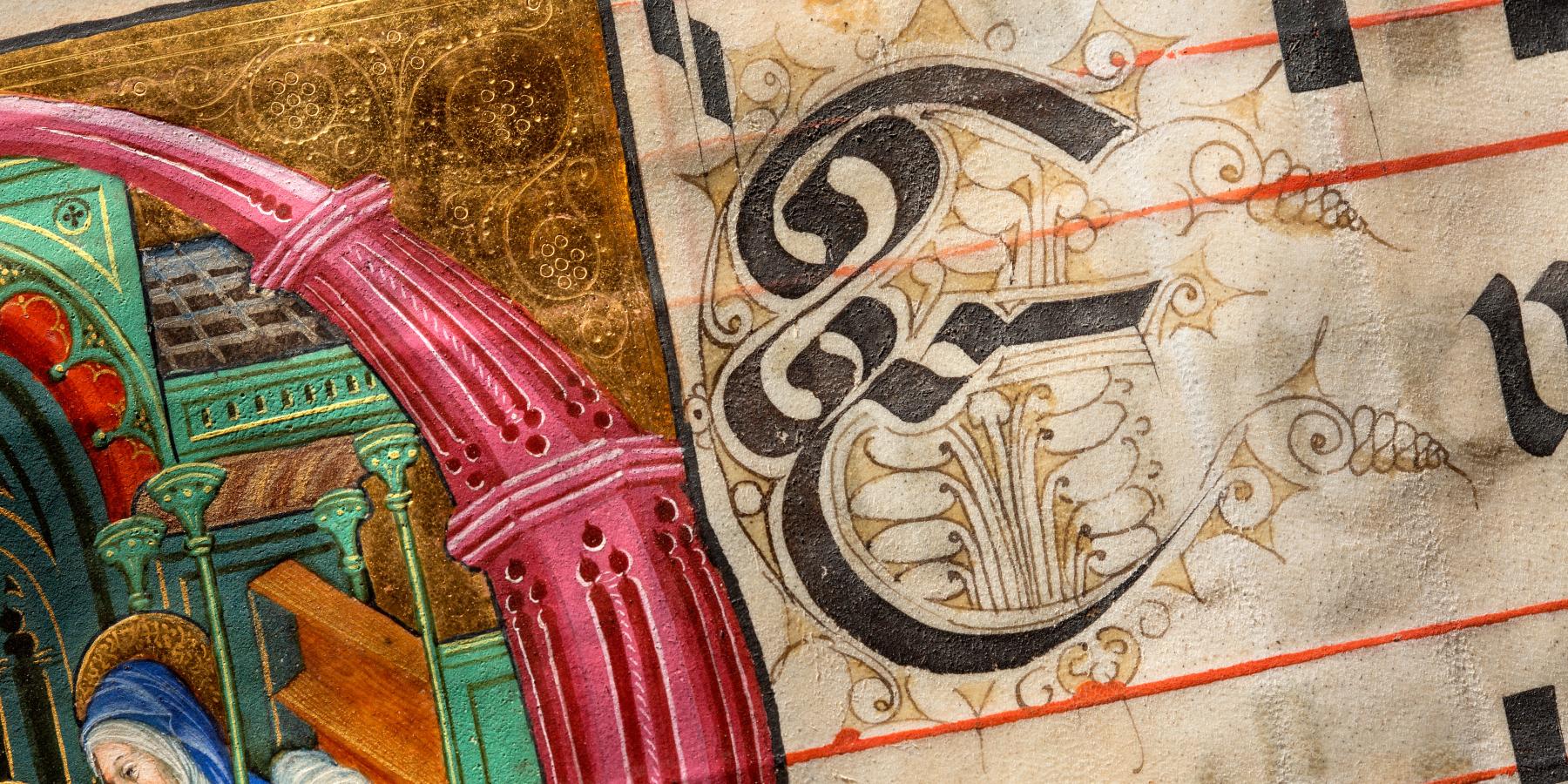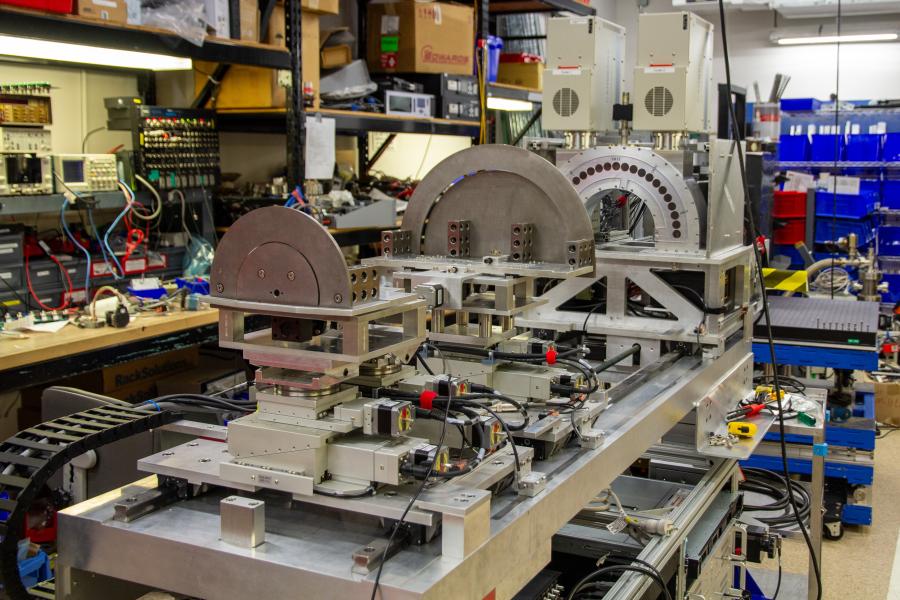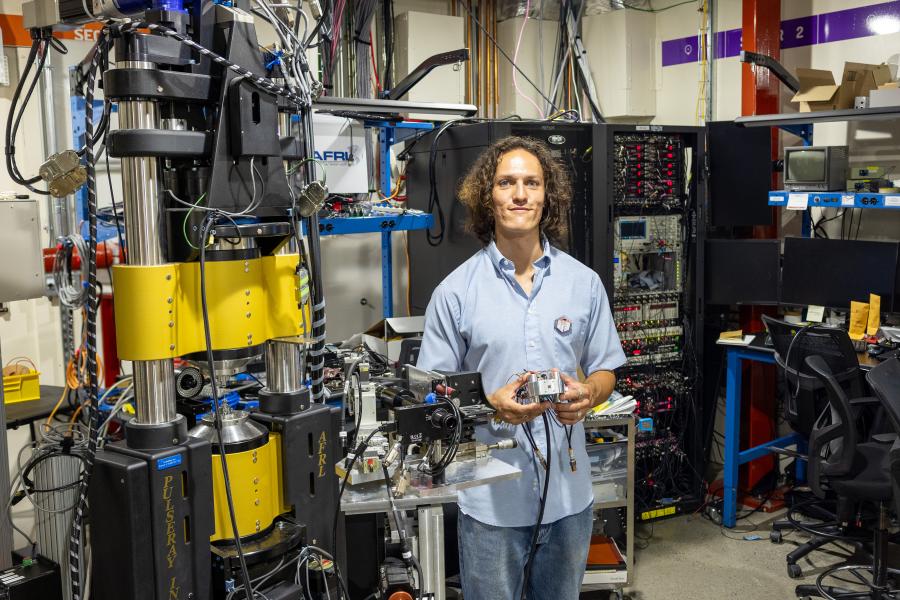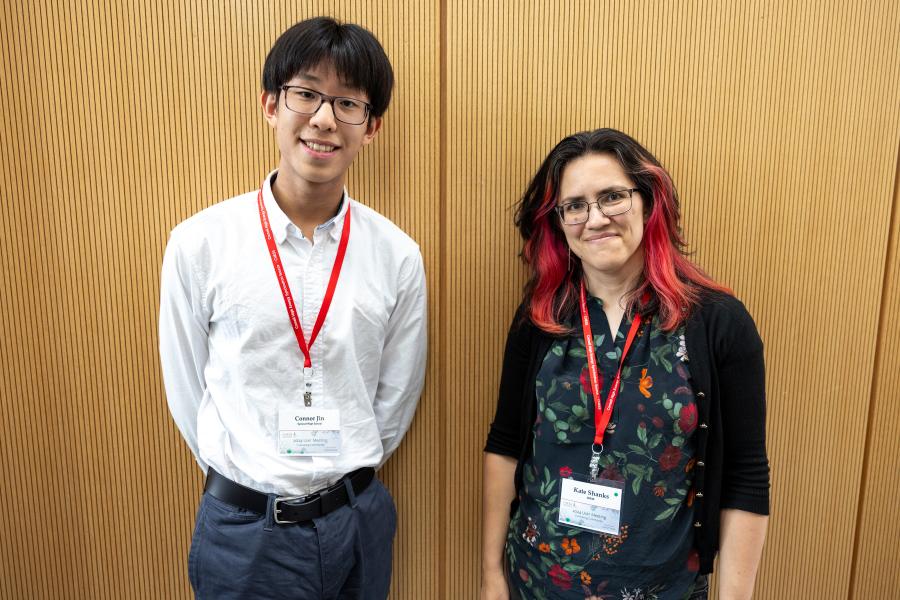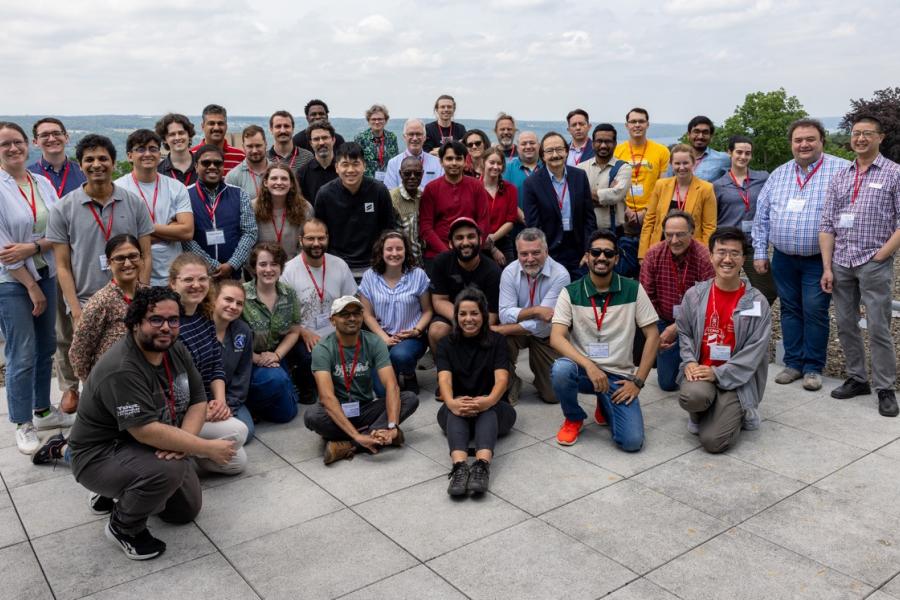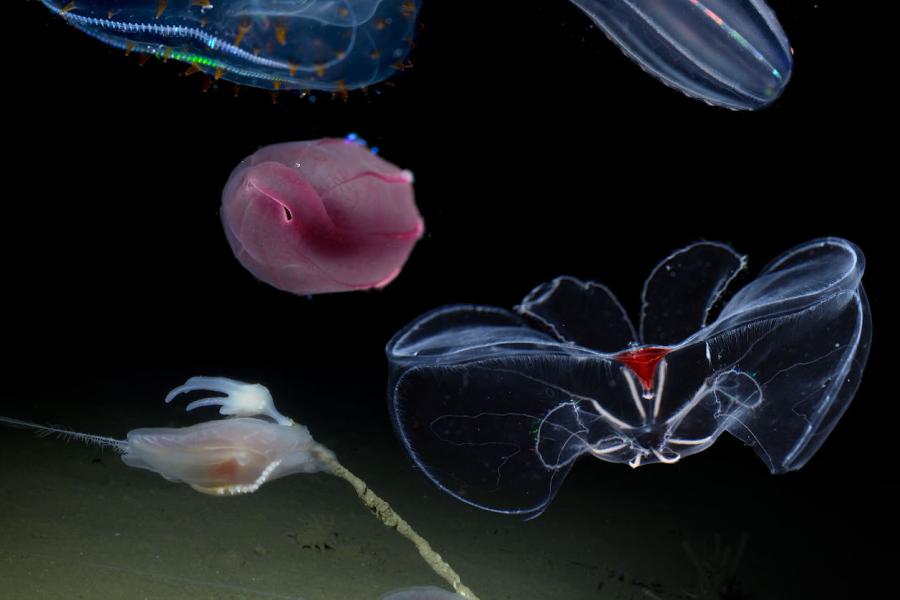Sidebar Menu (View Pages)
- Status
- ⌃ Science
- ⌃ Users
- ⌃ Facilities
- ⌃ Public
- Industry
- ⌃ About
Tags
Featured
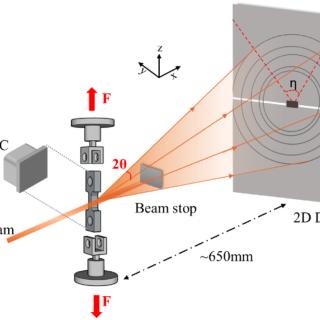
Unlocking how microstructure drives phase changes in austenitic steels
How does grain size shape the way advanced steels respond to extreme conditions? Using high-energy X-ray diffraction at the FAST beamline, researchers uncovered how the parent austenite grain size in stainless steel can either suppress or accelerate the transformation to martensite. The findings reveal new pathways for tuning microstructure to improve the performance of these widely used structural materials.
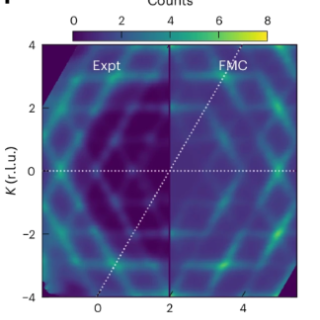
The quantum tug-of-war between structure and spin
Using advanced X-ray scattering at the QM2 beamline at CHESS, researchers uncovered how atomic bonds and magnetic moments compete inside a newly discovered material - revealing a frustrated lattice where structure and magnetism intertwine and opening new possibilities for quantum materials research.
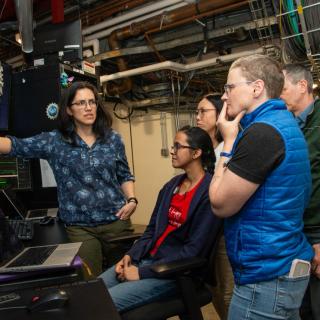
Capturing the Full Picture - Why Rigor and Reproducibility Matter in Materials Science
As synchrotron research pushes the boundaries of materials science, CHESS is leading efforts to ensure that discoveries are not only groundbreaking—but also reproducible and shareable. By combining advanced tools, thoughtful data practices, and close collaboration, CHESS and its users are building a new model for rigorous, impactful science.
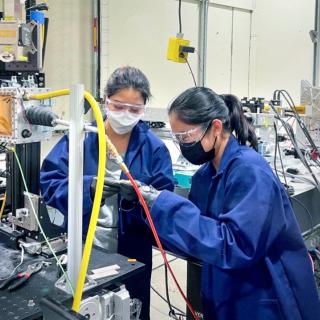
Researchers control metal microstructure for better 3D printing
Just as a snowflake’s intricate structure vanishes when it melts and transforms when it refreezes, the microstructure of metals can change during the 3D printing process, resulting in strengths or weaknesses in the printed product.
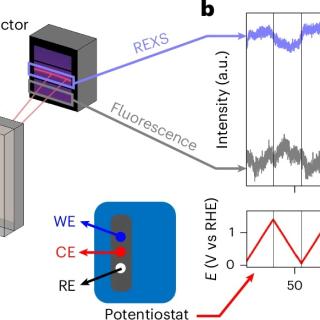
X-ray study sheds light on cost-effective fuel cell materials
Cornell researchers have captured an unprecedented, real-time view of how a promising catalyst material transforms during operation, providing new insights that could lead to replacement of expensive precious metals in clean-energy technologies.
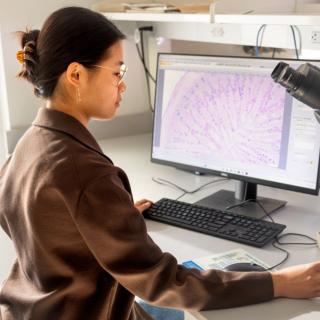
Spent brewers’ grain could be big business as chicken feed
With the global poultry feed market projected to reach $238.9 billion by the end of 2025, the broiler feed industry could benefit from a nutritionally advantageous ingredient that also happens to be more affordable because it comes from a waste stream.
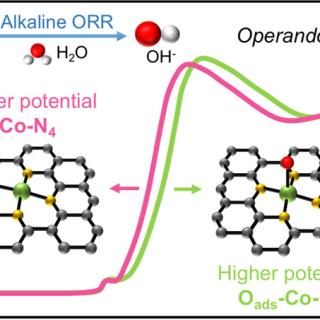
New Oxygen-Reduction Electrocatalysts for Alkaline Fuel Cells
Hydrogen fuel cells are among the most promising next-generation power sources for future automotive transportation. Developing efficient, durable, and low-cost electrocatalysts to accelerate the sluggish oxygen reduction reaction (ORR) is urgently needed to advance fuel cell technologies.
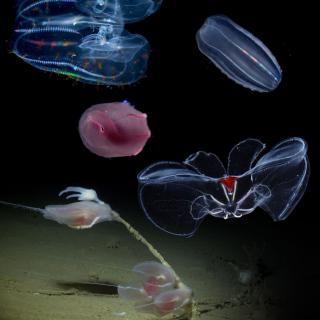
Unlocking the Mysteries of Life Under Pressure
As scientists continue to discover new niches for extreme life, the biological relevance of hydrostatic pressure is becoming much more widely understood and appreciated. The unusual adaptations of organisms thriving under these conditions promise to be a rich source of new insights, provided structural information can be obtained at the molecular level.
CHESS is at the forefront of this research - enabling scientists to study samples under high pressure, revealing how biomolecules and cellular structures behave in extreme environments.
